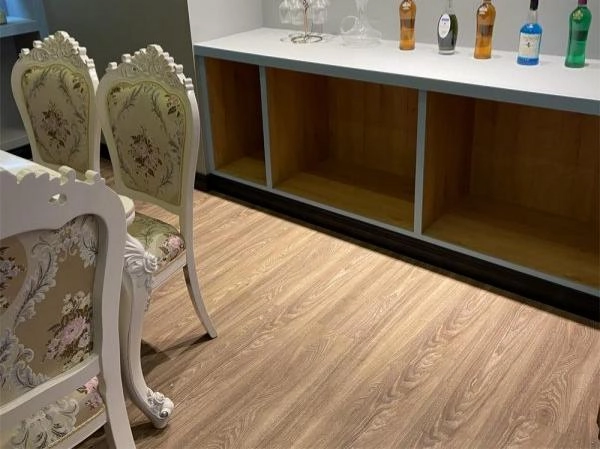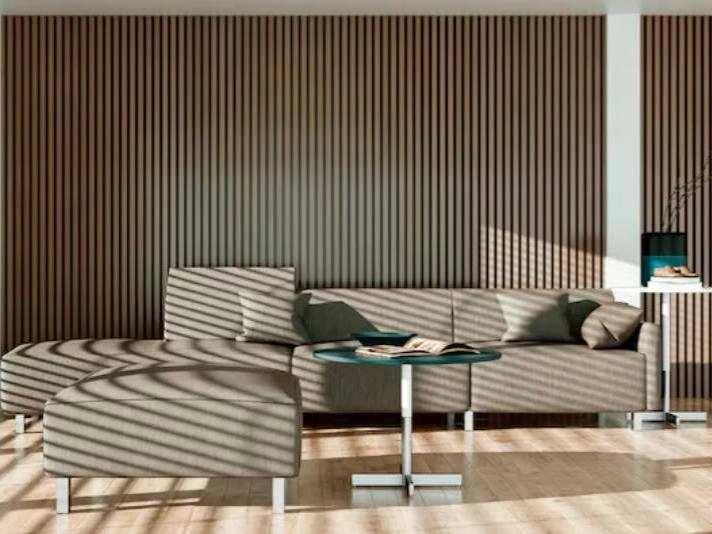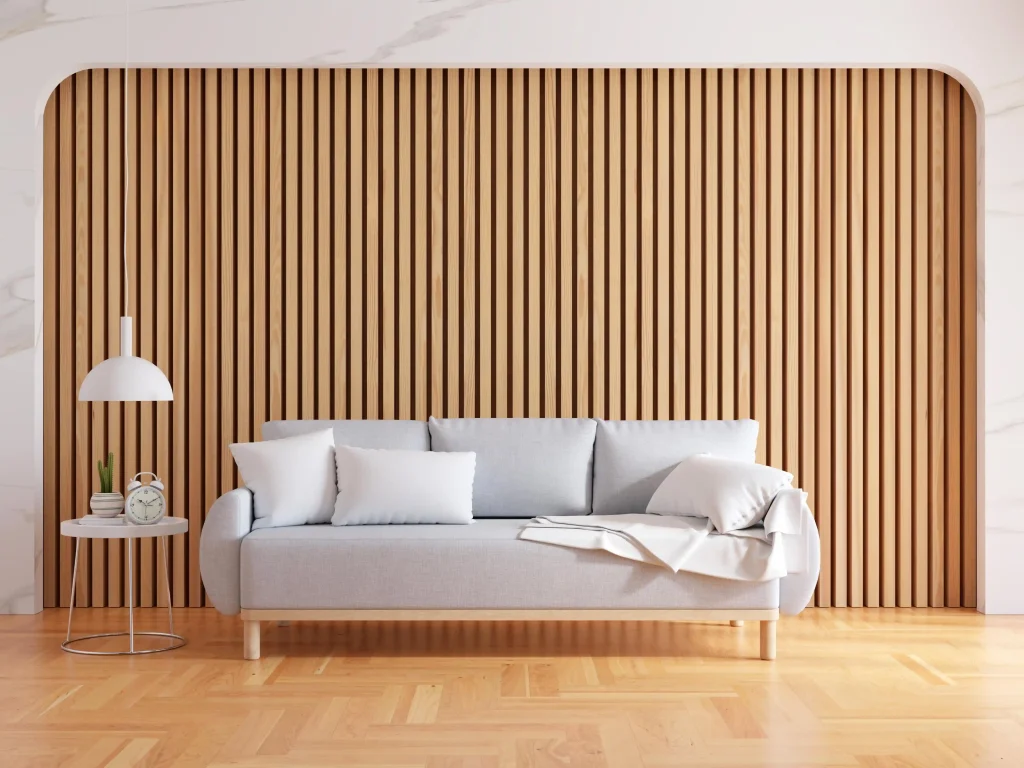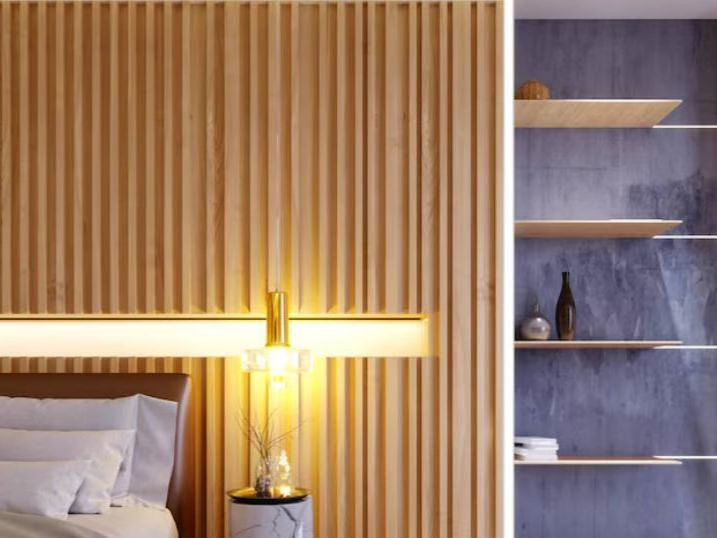The European Union (EU) is a great market for building materials, especially eco-friendly ones like WPC (Wood-Plastic Composite) wall panels. People in homes, offices, and public spaces want sustainable products. Sending WPC wall panels to the EU is a big opportunity. But manufacturers need to follow strict rules, like CE marking, and ensure excellent packaging and quality.
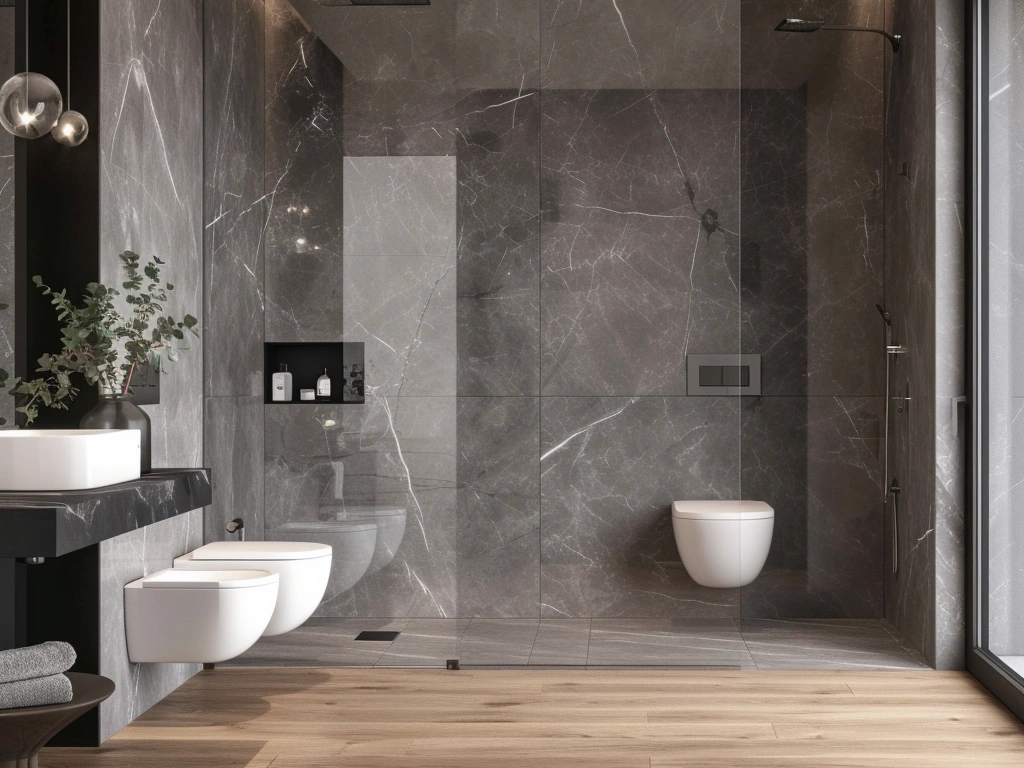
What Are WPC Wall Panels?
WPC wall panels mix wood fibers, plastic (usually HDPE), and additives. They look like beautiful timber but are tougher. These panels last longer than regular wood. They don’t get damaged by water or bugs, need little care, and are kind to the environment.
WPC panels, also called Decorative Panels, use natural wood powder, plant fibers (like cane), light calcium carbonate (stone powder), and polymer resin. These are shaped with high heat. The panels look good and are very strong.
Overview of the EU Market for WPC Wall Panels
Demand Trends in the European Union
Europeans love green building materials. Tough environmental rules and aware customers are driving this trend. The EU wants to be carbon neutral by 2050. This pushes demand for products like WPC wall panels. They’re used for outdoor walls and indoor decor because they handle weather well and look stylish.
Key EU Countries Importing WPC Products
Germany, France, Italy, Spain, Poland, and the Netherlands buy a lot of WPC products. These countries have busy construction markets. They prefer strong, eco-friendly materials. Exporters can use their solid shipping and sales networks.
Regulatory Landscape for Building Materials in the EU
The EU has tight rules for construction products. Following them lets you sell in all member countries without extra approvals. The Construction Products Regulation (CPR) is the main rule. It requires CE marking for building materials.
CE Marking Requirements for WPC Wall Panels
What is CE Marking and Why It Matters
CE marking is a must for products sold in the European Economic Area (EEA). It shows the product meets EU safety, health, and eco-friendly standards. For WPC wall panels, CE marking proves they follow CPR rules.
Relevant EU Directives and Standards for WPC Products
Construction Products Regulation (CPR)
The CPR (EU Regulation No 305/2011) asks manufacturers to list how their products perform. This covers strength, fire safety, insulation, sound control, and lasting in different weather.
EN Standards Applicable to WPC Wall Panels
Key standards for WPC wall panels are:
- EN 13823: Tests for fire reaction
- EN 13501-1: Fire classification
- EN 13893: Slip resistance
- EN 16094: Scratch resistance
- EN 434: Size stability
- ISO105-B02: Color fading resistance
Technical Data Sheet: Slip Resistance EN13893 Class DS Pass; Formaldehyde Emission EN12149 E1 Pass; Reaction to Fire EN13501-1 Bfl-s1~Bf1-t0 Pass
Steps to Achieve CE Compliance
Product Testing and Performance Assessment
Manufacturers must test panels in approved labs. For example, chemical resistance tests (ISO26987:2008) show no surface damage or stains. This meets performance goals.
Technical Documentation and Declaration of Performance (DoP)
Manufacturers need a technical file. It includes:
- Product details
- Test results
- How it’s made
- Quality checks
They also need a Declaration of Performance (DoP). This shows the product meets standards.
Affixing the CE Mark Correctly
After tests and paperwork, manufacturers can add the CE mark. It goes on the product or packaging with details like type number, batch number, and company name/address.
Quality Control Measures Before Export
Ensuring Consistency in Product Dimensions and Finishes
Panels must fit perfectly for easy setup. Slotting: High-tech milling equipment keeps slotting accurate to ±0.2mm. This makes panels line up smoothly.
Moisture Resistance and Fire Retardancy Testing
WPC panels must handle wet European weather. Waterproof and Moisture-proof: They don’t rot like regular wood. Fire safety tests per EN13501-1 should show ratings like Bfl-s1, based on use.
Third-Party Certification Options
Certifications like ISO9001 or REACH build trust in Europe. Latitude follows standards like ISO9001, ISO14001, ISO45001, CE, and REACH. Outside checks ensure steady quality for every batch.
Packaging Considerations for Exporting to the EU
Importance of Protective Packaging for International Shipping
Shipping can be rough on products. Vibrations, bumps, or water can cause damage. Good packaging keeps panels safe and in top shape when they arrive.
Recommended Materials and Methods for Packaging WPC Panels
Use of Pallets, Straps, and Edge Protectors
Stack panels neatly on pallets. Use corner protectors to shield edges. Strong straps keep loads steady during shipping to avoid shifting.
Moisture Barriers and Wrapping Techniques
Europe’s weather changes during shipping. The foamed wood-plastic composite material, which significantly enhances impact resistance while greatly reducing product density. Shrink wrap or plastic film adds a water barrier to protect against dampness.
Labeling Requirements for Export Packages
Packages need clear labels with:
- Product type/code
- Batch/lot number
- Company details
- Handling instructions
Labels should match EU language rules for the importing country.
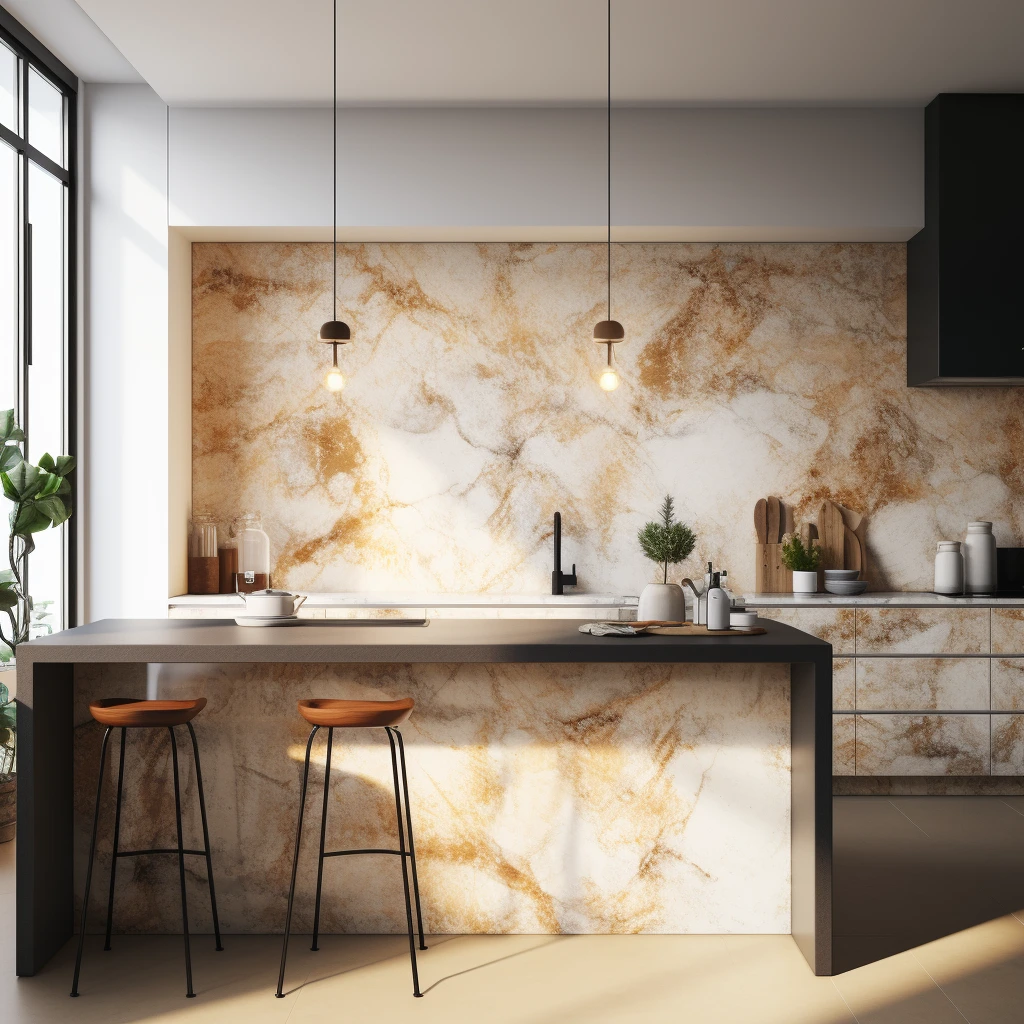
Latitude’s top-notch WPC wall panels are great for European buyers looking for reliable, approved products.Latitude is a top Chinese OEM for SPC/WPC/ABA wall panels. Our factory covers over 430,000 square feet. We deliver high-quality Made-in-Zhejiang products worldwide.
Our fluted panel series has great size stability (Dimensional Stability EN434 X Direction: -0.04% Y Direction: -0.02%). They’re also fire-safe (Reaction to Fire EN13501-1 Bfl-s1~Bf1-t0). With 16 production lines using pure PVC resin and calcium-zinc stabilizers (we never use lead stabilizers to avoid lead poisoning), we offer top quality in large quantities.
For distributors wanting eco-friendly, long-lasting wall solutions, Latitude’s CE-approved panels give peace of mind and style for modern European buildings. Reach out at mia_miao@authoe.cn to talk about your needs.
FAQ
Q: Why should EU customers pick WPC wall panels over other materials?
A: Well, WPC wall panels are a popular pick. They’re green, mixing wood and plastic for a natural look that’s also more durable. Unlike solid wood, they fight off rot and bugs. Plus, they need very little upkeep. Compared to heavy stuff like metal or concrete, they’re much lighter. This makes them simpler to put up. That saves time and cash for buyers in the EU.
Q: How do I track down trustworthy EU distributors for WPC wall panels?
A: Start by checking out big building trade shows in Europe. Think events like BAU in Germany or Batimat in France. These are great spots to meet possible partners. You can also use online spots like Alibaba. Look into EU trade directories too. They help link you up with importers. Always do your homework on their reputation. Ask for references. Make sure they really know EU building rules.

